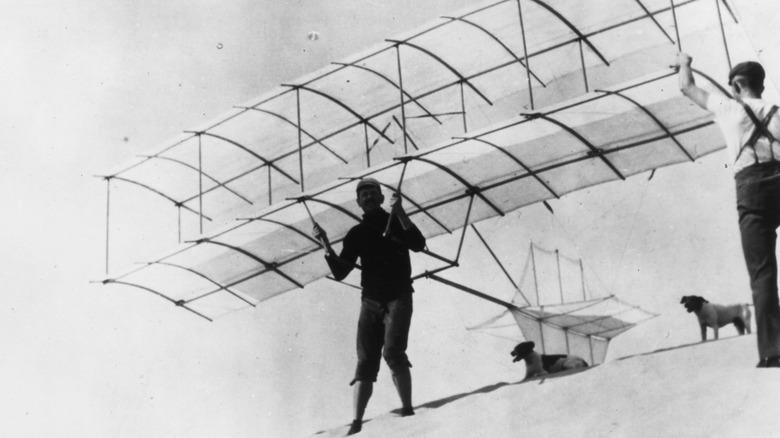
The history of the first Hemi engine from Dodge is pretty straightforward, but it turns out that the tale behind the first engines with hemispherical combustion chambers requires going down a much deeper rabbit hole. And it's one filled with contradictory claims, famous names, and plenty of random data points. One way to connect the dots, though, starts with Augustus Herring.
Better known for his aviation work — including a pre-Wright Brothers powered flight in 1899 — Herring seems to have been working on an engine with hemispherical combustion chambers before 1900, and his shop at the time happened to be located within a separate factory owned by Truscott Marine. Now, it's not clear exactly how it happened, but soon after this, Truscott came out with its own engine featuring hemi heads.
How did the hemi get from boats to cars? In another coincidence, Truscott at the time also had its own foundry, and one of its outside jobs was casting engines for Allie Ray Welch, who had built a sort of semi hemi of his own in 1902. It did have a hemispherical combustion chamber, but non-standard valves and "disc" actuation, so it isn't considered part of the true hemi heritage. And a few years later, in 1905, Welch patented an engine following the same design that went from Herring to Truscott — and it began appearing in cars from the Welch Motor Car Company. Yet that's still not the whole story.
Read more: Do Turbo Engines Need More Frequent Oil Changes?
The History Of The Hemi In America
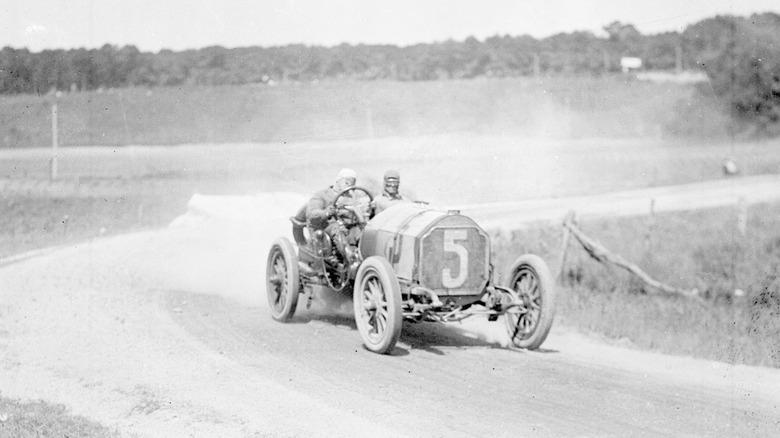
While the Welch cars were on the road in 1905, someone else was working to get hemi-style engines into competition under the direction of Carl Fisher, who was pretty keen on motorsports. In fact, he went on to found the Indianapolis Motor Speedway and the Indy 500, an event that's still showing people understand the appeal of racing today.
In 1905, however, Fisher was more interested in competing in the Vanderbilt Cup, which would pit America's top cars against the best from Europe. His Premier Motor Manufacturing Company led the effort, with engineer George Weidley designing a race car powered by a monstrous four-cylinder motor displacing more than 923 cubic inches and making 100 horsepower — all enhanced by hemispherical combustion chambers. There was a potential Truscott connection here, too, since one account reports Weidley got the idea from seeing hemi technology used on a boat.
The Premier race car fell afoul of the Vanderbilt Cup rules and wasn't allowed to run the event, but get ready for more coincidences. Carl Fisher was also the local distributor for Stoddard-Dayton cars, which, wouldn't you know it, began featuring engines with hemispherical combustion chambers in 1908. Stoddard-Dayton would fall on hard times in the years ahead, go through asset sales and re-orgs, until in 1925, the remains would end up with the modern-day Hemi hero, Chrysler.
The Hemi's History In Europe
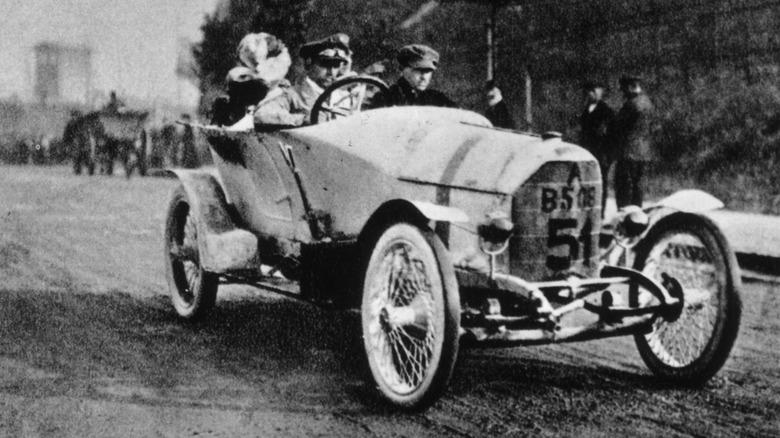
Sometimes in science, two inventors seem to come up with the same idea independently. You know, like Newton, Leibniz, and calculus, or Darwin, Wallace, and evolution. Well, this appears to have happened with hemi engines.
There's no direct evidence of Herring's concept crossing the ocean, but in yet a further bit of synchronicity, a Daimler boat engine featured hemi-like heads in 1902. By 1904, a Belgian automaker named Pipe, working with ex-Daimler engineer Otto Pfander, was producing cars with hemi engines. There's no obvious link, yet at roughly the same period, an Austrian engineer named Hans Ledwinka was developing a similar engine for the company that would eventually become Tatra, and prototypes were built before 1910.
Ledwinka, in turn, was friends with, and perhaps a distant relative of, Ferdinand Porsche. Their chats were apparently enough to inspire the latter to develop an engine with hemi heads for Austro Daimler, where he was employed at the time. (Austro Daimler was a licensee of the German auto brand, but then again, the Daimler name was always confusing people.) The mill displaced a Hemi-friendly 5.7 liters, propelling a trio of 1910 Austro Daimler 22/86 touring cars — street legal at the time — to a clean sweep of the podium at that year's Prince Heidrich Trial. The result was the phrase "Race on Sunday – Sell on Monday?" situation for hemi engines, which quickly found favor in Europe (per Racing Vintage Cars).
Want more like this? Join the Jalopnik newsletter to get the latest auto news sent straight to your inbox...
Read the original article on Jalopnik.
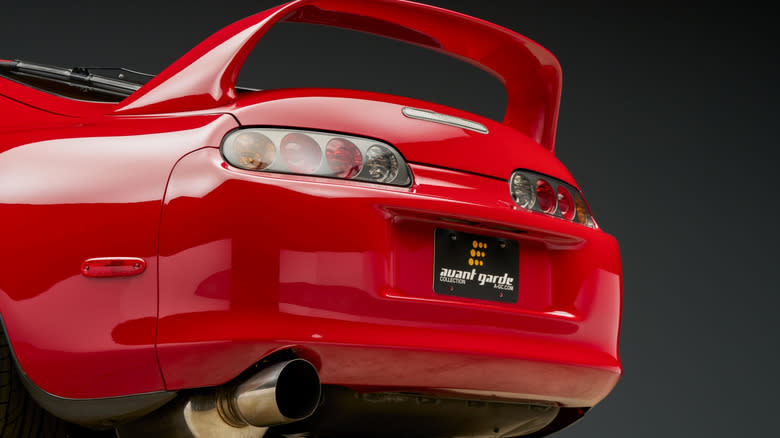



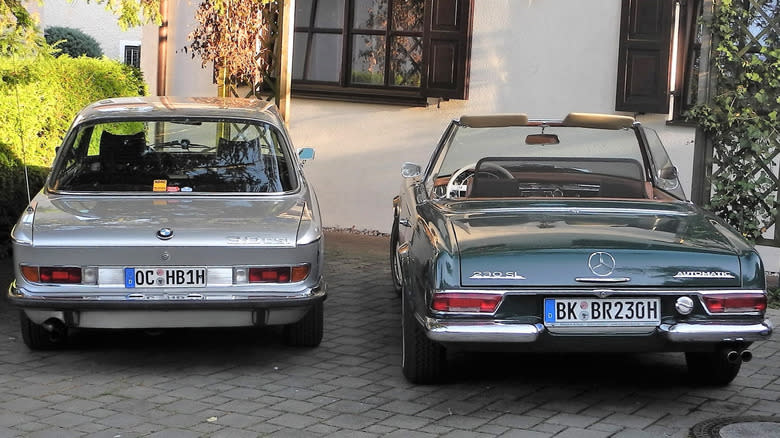

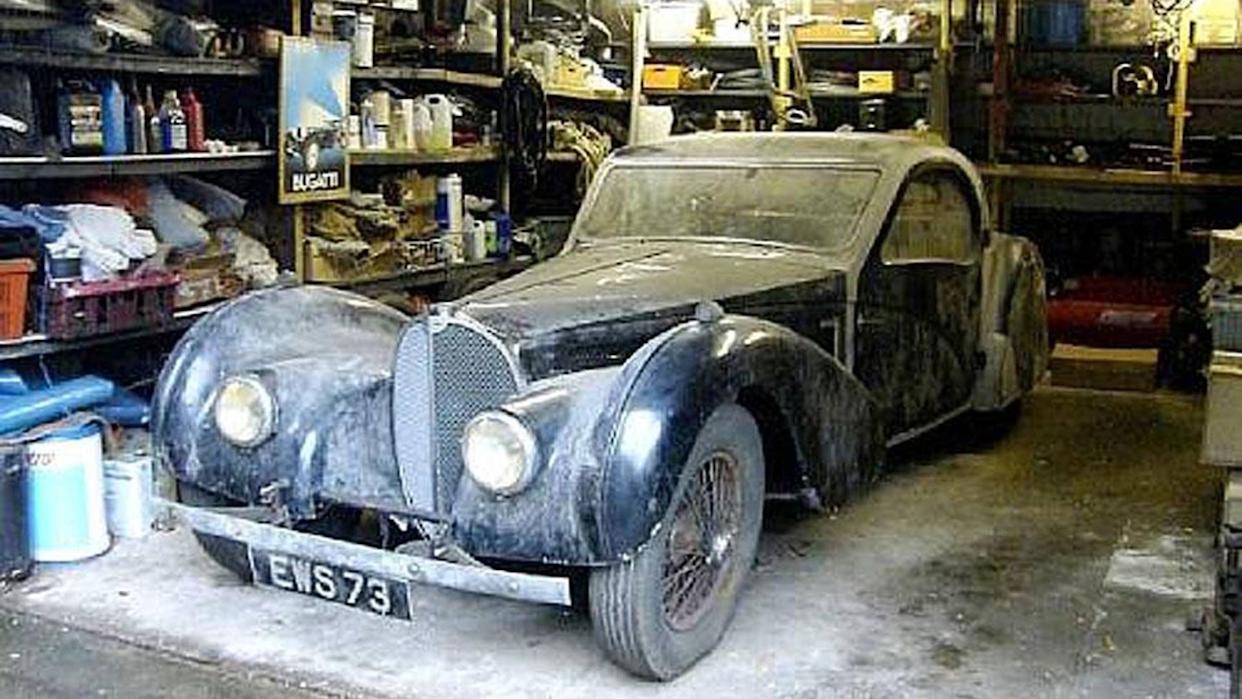

Comments